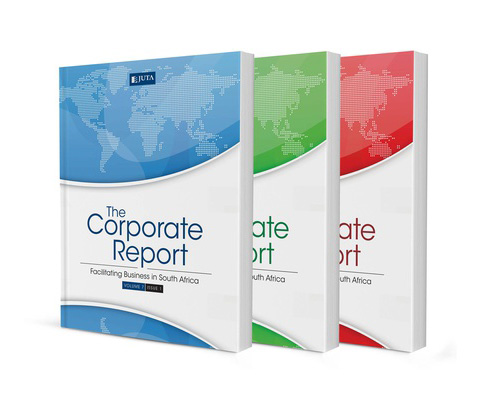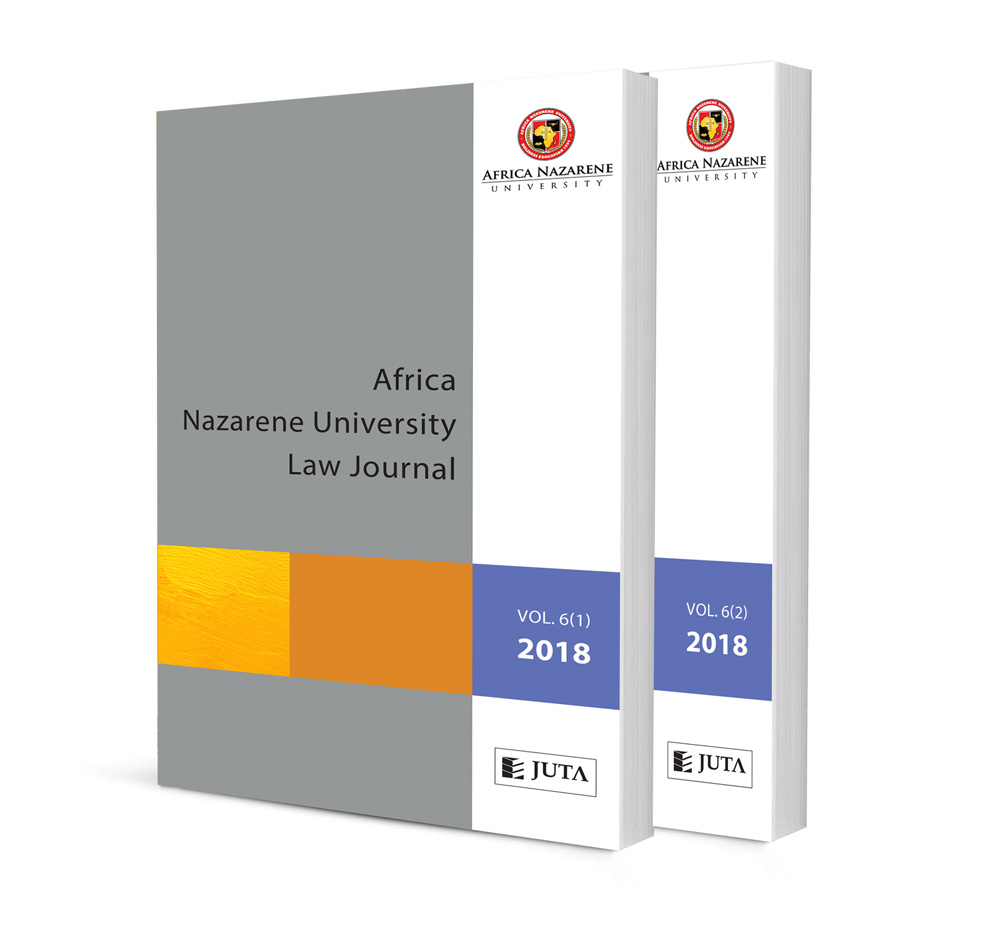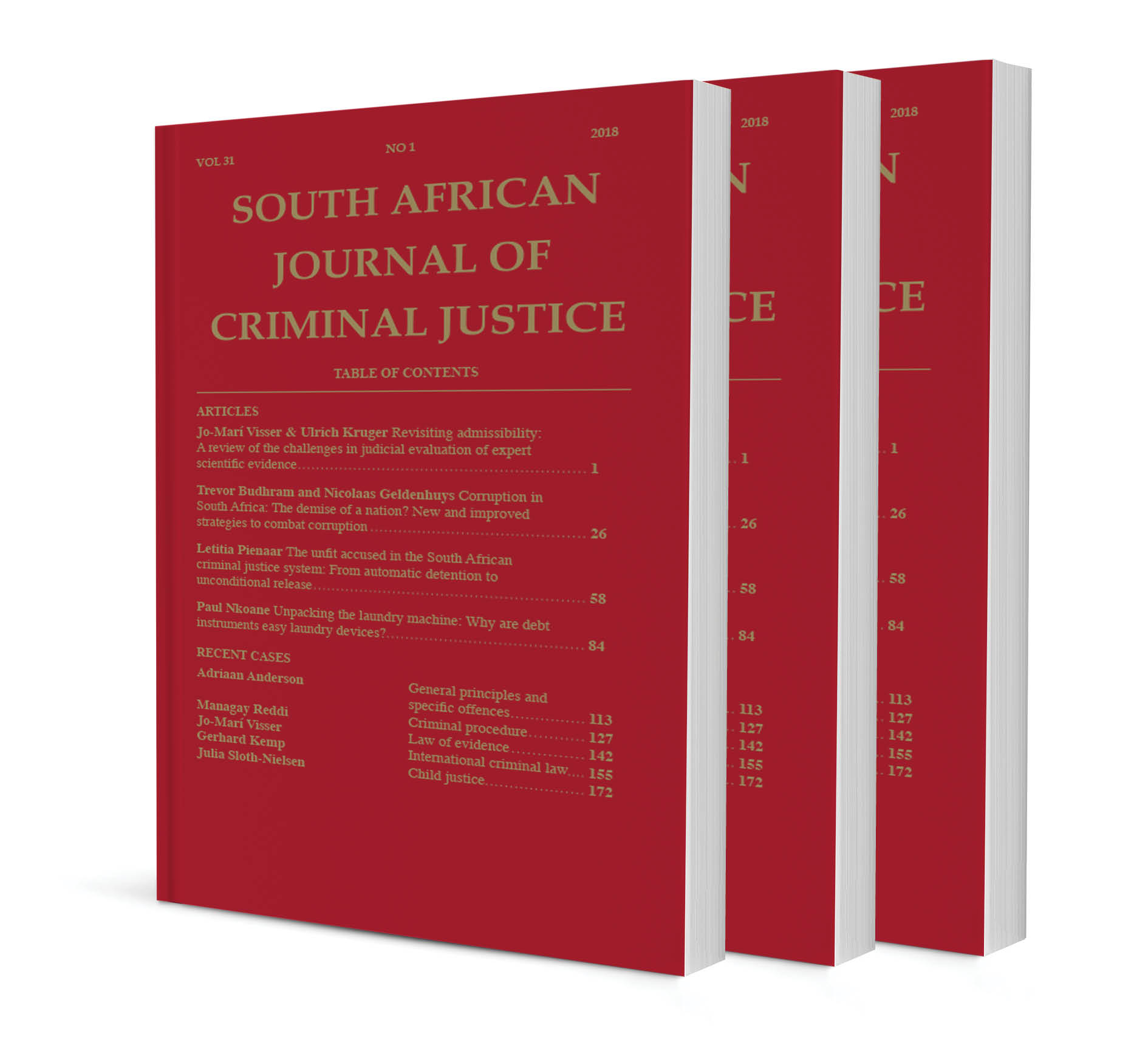The responsible company: Identifying and prioritising corporate responsibilities

The responsible company: Identifying and prioritising corporate responsibilities
Author Athol Williams
ISSN: 2519-7886
Affiliations:
Source: The Corporate Report, Volume 9 Issue 2, 2019, p. 34 – 42
Abstract
None

